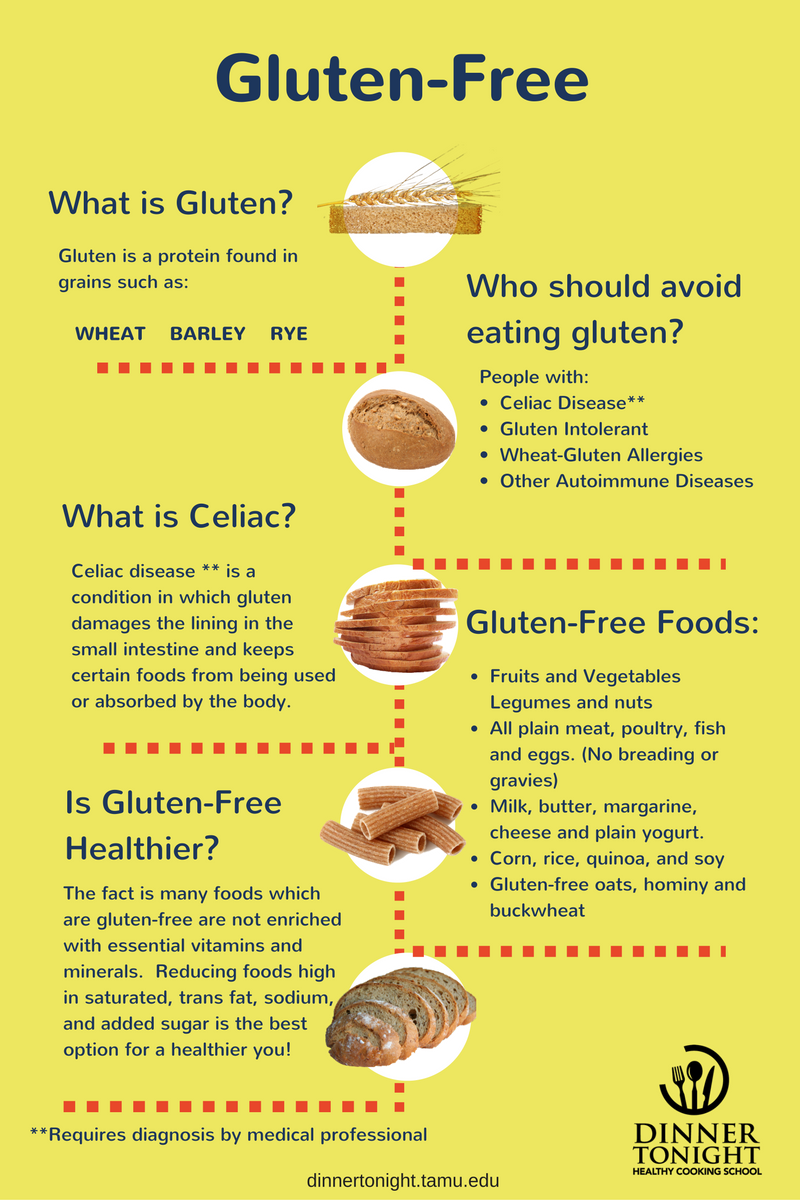Alright, let’s talk about this whole “gluten-free” thing. I kept hearing it pop up, friends mentioning it, stuff in the shops labeled like that. For a while, I just ignored it, figured it was some new diet trend or something.

But then, my stomach started acting up pretty regularly. Nothing serious, you know, just uncomfortable. Bloating, feeling sluggish after eating certain things. My doctor didn’t find anything major wrong, but casually mentioned maybe trying to cut out gluten to see if it helped. So, I thought, okay, what have I got to lose? Let’s figure out what this actually means in real life.
Getting Started and Reading Labels
First thing I did was just try to understand what gluten is. Found out it’s basically a protein found in wheat, barley, and rye. Sounds simple, right? Wrong. That stuff is in everything.
So, the real work started at the grocery store. It meant I had to literally pick up almost every single item I usually buy and read the ingredients list. Like, really read it, squinting at the tiny print. It wasn’t just the obvious stuff:
- Bread
- Pasta
- Cereal
- Cake and cookies
No, that was the easy part. The tricky part was finding it hidden in places I never expected. Sauces, salad dressings, soy sauce (most kinds!), even some types of chips and processed meats. Sometimes it’s listed as “wheat,” other times it’s hiding under names like malt or brewer’s yeast. It became a real detective game.
Changing How I Ate
So, “gluten-free” started meaning a big change in my kitchen. I had to consciously swap things out. Pasta nights switched to rice noodles or pasta made from corn or lentils. Sandwiches needed special gluten-free bread, which, let’s be honest, took some getting used to. Some brands are okay, others taste like cardboard.

Eating out became another challenge. I had to start asking questions. “Is this breaded?” “What’s in the sauce?” “Do you have a gluten-free menu?” Sometimes staff knew exactly what I meant, other times they looked at me like I had three heads. It meant being more careful, planning ahead if I knew I was going somewhere.
I started cooking more from scratch, just because it was easier to control the ingredients. Less processed food, more basic stuff like meat, veggies, rice, potatoes. It wasn’t necessarily about dieting, it was just about avoiding that one specific protein.
So, for me, “what it means gluten free” wasn’t just a definition. It meant actively changing my shopping habits, reading labels constantly, asking questions when eating out, and rethinking a lot of my standard meals. It was a practical, everyday adjustment. Did it help my stomach? Yeah, actually, it did seem to make a difference for me. But the process itself, that’s what “gluten-free” really came to mean in my day-to-day life.